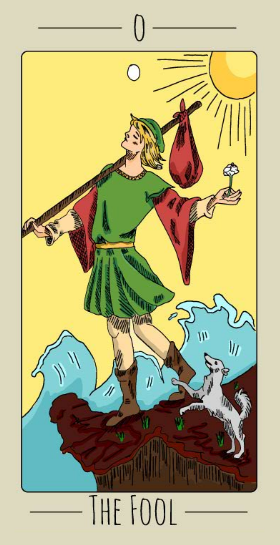Unlocking the Mysteries of Tarot Cards
Tarot cards have fascinated people for centuries, offering insights into the future, guidance in decision-making, and a deeper understanding of oneself. Rooted in symbolism and intuition, tarot has evolved from a simple card game to a powerful tool for personal exploration and divination. This article delves into the history, structure, and modern interpretations of tarot cards.
History and Origins
The origins of tarot cards can be traced back to the 15th century in Europe, where they were first used as playing cards in Italy. The earliest known tarot deck, the Visconti-Sforza deck, was commissioned by the Duke of Milan. It wasn’t until the late 18th century that tarot began to be associated with mysticism and divination.
The transition from a card game to a tool for divination was largely influenced by mystics and scholars like Antoine Court de Gébelin, who claimed that tarot cards contained ancient Egyptian wisdom. This marked the beginning of tarot as a spiritual and esoteric practice.
Structure of Tarot Decks
A standard tarot deck consists of 78 cards, divided into two main categories: the Major Arcana and the Minor Arcana.

Major Arcana
Comprising 22 cards, the Major Arcana represents significant life events, spiritual lessons, and deep psychological themes. Each card, from The Fool (0) to The World (21), tells a unique story and holds powerful symbolism.
Minor Arcana
This part of the deck consists of 56 cards divided into four suits: Wands, Cups, Swords, and Pentacles. Each suit represents different aspects of life:
- Wands: Creativity and action
- Cups: Emotions and relationships
- Swords: Intellect and conflict
- Pentacles: Material aspects and career
How Tarot Readings Work
During a tarot reading, the reader shuffles the deck and lays out a specific number of cards in a pattern known as a spread. Each position in the spread has a particular meaning, and the reader interprets the cards based on their symbols, positions, and relationships to one another.

There are various spreads used in tarot readings, ranging from simple three-card spreads (past, present, future) to more complex layouts like the Celtic Cross, which offers a deeper analysis of the querent’s situation.
The Interpretive Art of Tarot
Tarot reading is as much an art as it is a science. While the cards have traditional meanings, the interpretation relies heavily on the reader’s intuition and the context of the querent’s question. Many readers also incorporate their own insights, experiences, and knowledge of the querent’s life to provide more personalized guidance.
Modern Tarot: A Tool for Self-Reflection
In contemporary times, tarot has found its place not only in spiritual practices but also in personal development and self-reflection. Many individuals use tarot as a means to explore their subconscious, confront personal challenges, and foster self-awareness.
Tarot cards encourage introspection and can help individuals clarify their thoughts and feelings. Whether used for guidance in relationships, career choices, or personal growth, tarot serves as a mirror, reflecting one’s inner landscape.
Conclusion
Tarot cards are more than just a tool for fortune-telling; they are a rich tapestry of history, symbolism, and psychological insight. Whether you approach tarot with skepticism or an open heart, the cards have the potential to offer wisdom, clarity, and a deeper understanding of life’s complexities.
Final Thoughts
If you’re curious about tarot, consider exploring a deck and learning the meanings of the cards. Remember that each reading is a journey into your own psyche, a chance to uncover truths and foster personal growth. With a mix of tradition and intuition, tarot invites you to embrace the mysteries of life and your own potential.
